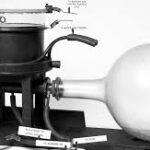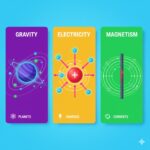It started with a picture I found online. My brain, like any physics teacher’s, quickly put a label on it: “calorimeter.” It was a copper pot with a lid, so it seemed obvious.
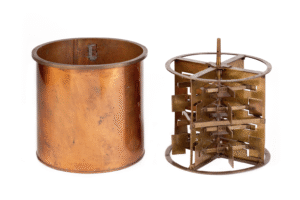
But something was bugging me. A normal calorimeter has a simple stirrer to gently mix the water. This one had a complex set of paddles, like a machine for churning butter. I asked myself, “Why would a calorimeter need such a powerful stirrer?”
That one small question made me realize that knowing the name of something isn’t the same as understanding it. The real lesson was hidden in why it was built that way, and I had almost missed it. I knew I needed a tool that could help me—and my students—answer that deeper question. That’s why I started building the Academic Image Analyzer.
Was It a Fluke? Putting the Engine to the Test
After I built the app, I tested it with that first image. It correctly identified it as Joule’s apparatus, explaining that the powerful paddles were the whole point! They were designed to do work on the water to prove that work could be turned into heat.
I was thrilled, but I had to know: was that just a lucky guess? I decided to test it with other strange-looking objects from science history.
First, I uploaded an image of what looked like an old, fancy lightbulb with a metal cross inside. Why would a lightbulb be designed to cast a shadow?
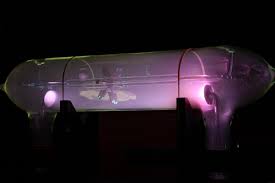
The app explained it wasn’t a lightbulb at all. It was a Crookes Tube, a device built to prove that cathode rays (electrons) travel in straight lines, like tiny particles. The shadow wasn’t a flaw; it was the evidence!
Next, I tried a picture of a flask with a weird, bent neck that looked like a glassblower’s mistake.
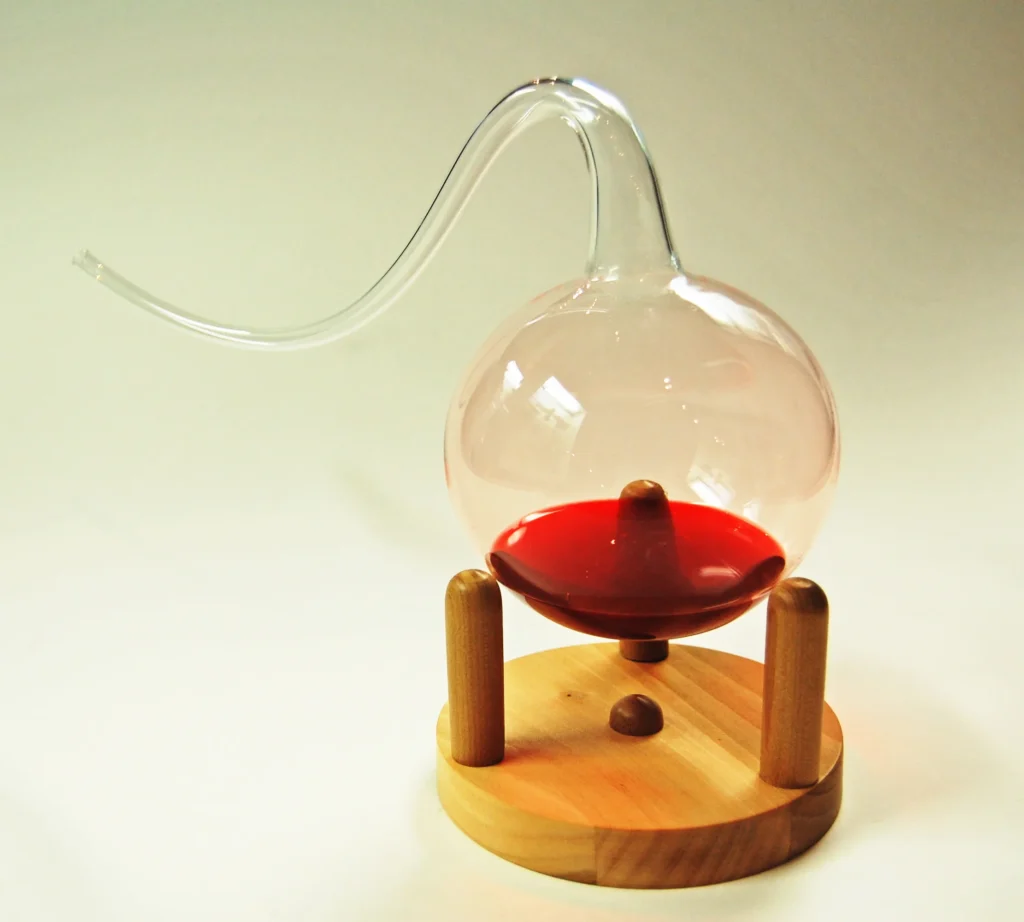
The analyzer told me this was Pasteur’s Swan-Neck Flask. That strange bend was actually a genius design. It let air in but trapped dust and microbes, proving that life doesn’t just spontaneously appear in sterile broth. Again, the weirdest feature was the most important part of the story.
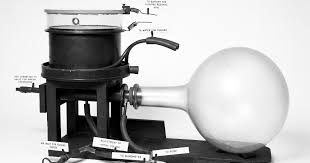
Finally, I uploaded a picture of what looked like a simple glass jar with a black bottom.
The tool identified it as a Wilson Cloud Chamber, the very first particle detector. The “ghostly” trails that appear inside are the footprints of invisible subatomic particles, making it possible for us to “see” them for the first time.
How the Curiosity Engine Works
With each test, the tool succeeded. It wasn’t just giving names; it was telling the story behind the design. Getting it to this point took some fine-tuning. We had to:
- Give it better instructions, telling it to look for the history and purpose behind what it sees.
- Make it more factual by lowering its “creativity” setting (its temperature) to
0.15. - Add an intelligent “Try Again” button. If you’re not satisfied, each click makes the AI even more specific, digging deeper for details.
The goal was never just to build an image identifier. It was to build a tool that answers the follow-up questions—the ones that start with “but why…?” It’s a tool to help us all see not just the object, but the incredible story hidden in its strangest details.
Try out this app at https://prayogashaala.com/scienceimages


